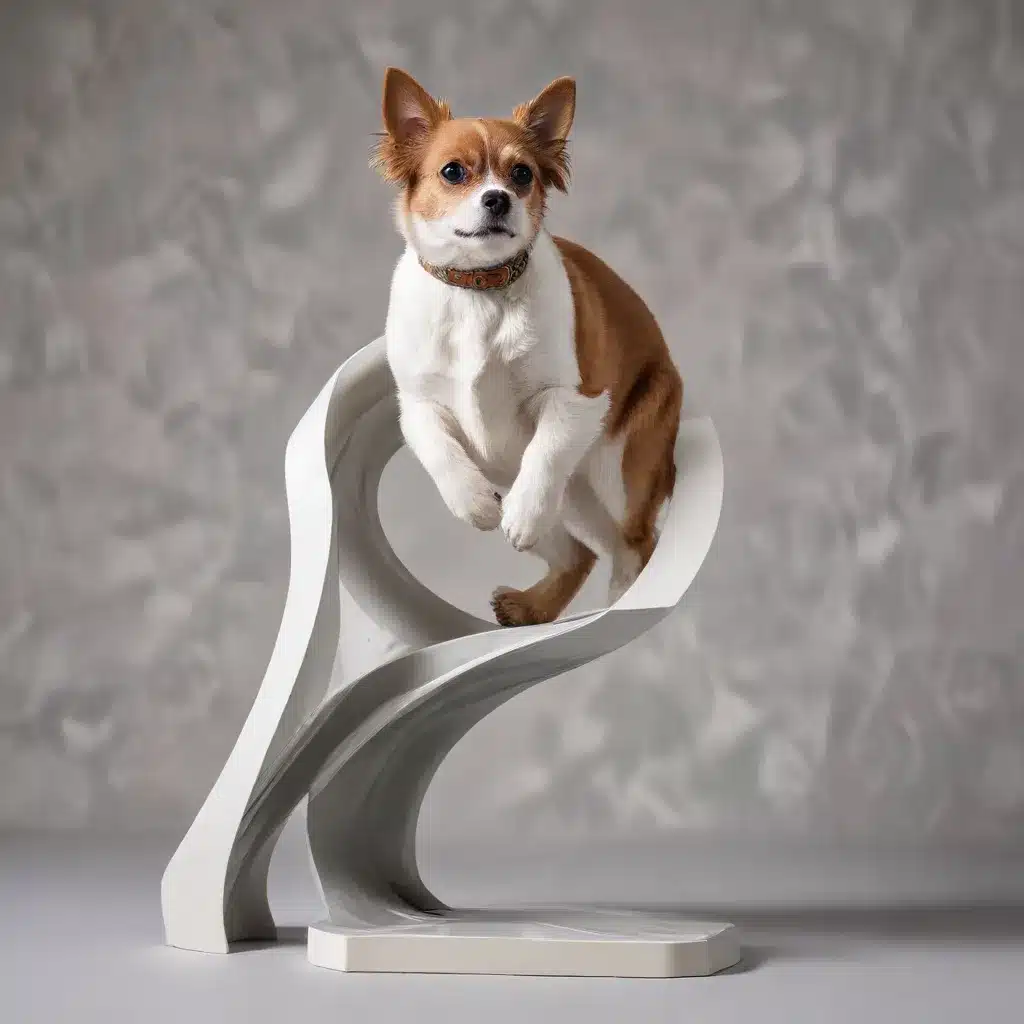
As the artistic landscape of the early 20th century underwent a seismic shift, the Modernist movement emerged as a bold and revolutionary force, challenging traditional conceptions of art and redefining the boundaries of creative expression. At the heart of this transformative period were the pioneering sculptors who dared to defy the very laws of gravity, pushing the medium to unprecedented heights both literally and figuratively.
The Modernist Movement: A Revolutionary Approach to Art
Defining the Modernist Movement
The Modernist movement, which spanned the late 19th and early 20th centuries, was a radical departure from the artistic conventions of the past. Driven by a desire to break free from the constraints of tradition, Modernist artists sought to redefine the very purpose and nature of art. Gone were the days of passive imitation of nature; instead, Modernist artists embraced abstraction, experimentation, and a relentless pursuit of innovation.
Key Characteristics of Modernist Art
Modernist art was characterized by a diverse array of styles and techniques, each reflecting the individual artist’s unique vision and approach. From the Cubist fragmentation of form to the Futurist celebration of dynamism and speed, Modernist art challenged the very foundations of artistic representation. The use of bold, unconventional colors and the distortion of the human figure were hallmarks of this revolutionary movement.
Prominent Modernist Artists and Sculptors
Among the most celebrated Modernist sculptors were Auguste Rodin, who pioneered a more expressive, emotive approach to the human form, and Pablo Picasso, whose Cubist sculptures redefined the very nature of three-dimensional art. Other trailblazers, such as Henry Moore, Barbara Hepworth, and Constantin Brâncuși, pushed the boundaries of sculptural form, experimenting with abstract shapes, organic forms, and innovative materials.
Sculptural Innovations of the Modernist Movement
Experimentation with Materials and Techniques
One of the defining characteristics of Modernist sculpture was the artists’ willingness to experiment with a diverse range of materials, from the traditional bronze and marble to the unconventional use of found objects, welded metal, and mixed media. This bold approach to materials allowed Modernist sculptors to create works that defied the very notion of what sculpture could be.
Challenging Traditional Notions of Form and Aesthetics
Modernist sculptors were not content with merely replicating the natural world; instead, they sought to redefine the very essence of form and beauty. Works such as Picasso’s Guitar (1912-1914) and Brâncuși’s Bird in Space (1923-1925) challenged the traditional understanding of sculpture, embracing abstract, geometric, and minimalist forms that were as much about the exploration of space and materials as they were about the representation of the subject.
The Influence of Modernist Sculpture on Other Art Disciplines
The impact of Modernist sculpture extended far beyond the confines of the medium itself. The innovative approaches and radical departures from tradition inspired artists working in other disciplines, from painting and architecture to performance art and installation art. The disruptive and boundary-pushing nature of Modernist sculpture paved the way for a new era of artistic expression, influencing generations of artists to come.
The Intersection of Modernist Sculpture and Pet Art
Transforming Perceptions of Pet Representation
As the Modernist movement gained momentum, its influence began to seep into the realm of pet art, challenging the traditional, often sentimental, depictions of our four-legged companions. Modernist sculptors, with their bold, unconventional approaches, encouraged pet artists to rethink the way they represented their subjects, moving beyond the merely decorative and into the realm of conceptual and expressive exploration.
Innovative Approaches to Pet Sculpture
Inspired by the Modernist sculptors, pet artists began to experiment with new materials, techniques, and perspectives. Abstraction, fragmentation, and distortion became common tools in the arsenal of the pet portrait artist, allowing them to capture the essence of their subjects in innovative and thought-provoking ways. The use of found objects, assemblage, and mixed media further expanded the possibilities of pet sculpture, blurring the lines between art and life.
The Lasting Impact of Modernist Sculpture on Contemporary Pet Art
The influence of Modernist sculpture on the world of pet art is undeniable. Contemporary pet artists continue to draw inspiration from the bold, experimental approach of their Modernist predecessors, pushing the boundaries of what pet art can be. From the minimalist, geometric works of Deborah Butterfield to the expressive, emotive sculptures of Gillie and Marc, the legacy of Modernist sculpture lives on in the ever-evolving landscape of pet art.
The Evolution of Pet Art: Modernist Influences and Beyond
Tracing the Roots of Pet Art
Pet art has a long and storied history, dating back to the ancient civilizations of Egypt, Greece, and Rome, where the representation of beloved animal companions was a common practice. Over the centuries, pet portraiture evolved, reflecting the artistic styles and cultural values of each era. However, it was not until the 19th and 20th centuries that pet art truly began to come into its own as a distinct and respected artistic discipline.
Modernist Sculpture’s Enduring Impact on Pet Art
The Modernist movement’s impact on pet art cannot be overstated. By challenging traditional notions of form, materials, and aesthetics, Modernist sculptors paved the way for a new generation of pet artists to explore the possibilities of the medium. The bold, unconventional approach of Modernist sculpture inspired pet artists to move beyond the purely decorative and into the realm of conceptual and expressive exploration.
The Future of Pet Art: Emerging Trends and Possibilities
As the art world continues to evolve, the influence of Modernist sculpture on pet art remains evident. Contemporary pet artists are building upon the legacy of their Modernist predecessors, pushing the boundaries of the medium and exploring new and innovative ways to capture the essence of our beloved animal companions. From the use of cutting-edge technologies to the continued exploration of abstract and experimental forms, the future of pet art promises to be a dynamic and ever-changing landscape, one that will continue to captivate and inspire art enthusiasts for generations to come.